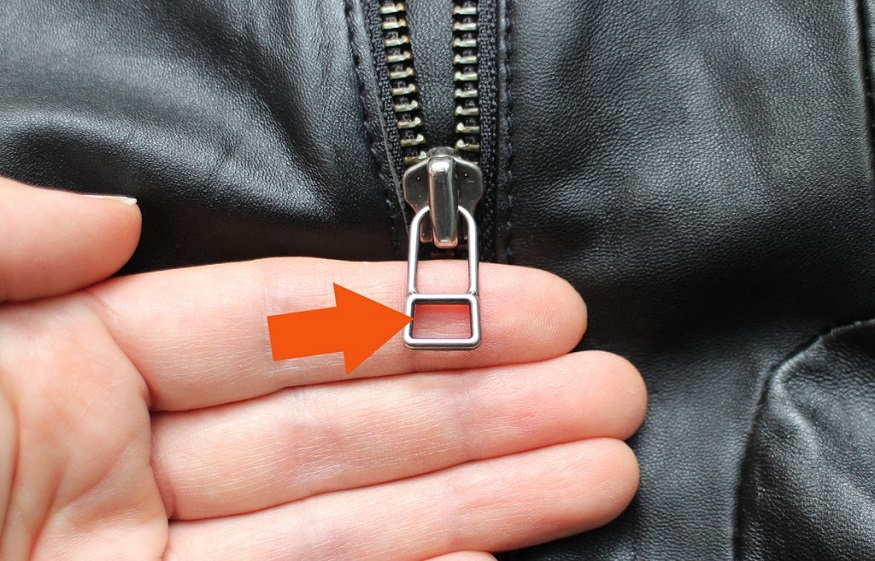Fasteners have definitely come a long way ever since the time of bone splinters and horn or bone pins. Most devices were crafted later on that were considered more efficient. These fasteners included buttons, safety pins, laces, and buckles. Buttons featuring buttonholes had their own share of difficulties despite being still an essential practical closure method even to this day. Zippers were originally made to replace the annoying 19th century practice of buttoning up to 40 small buttons on every shoe of the time.
When 1851 came, the man behind the invention of the sewing machine, Elias Howe, came up with what he referred to as an automatic continuous clothing closure. This was composed of a series of clasp joined together by the connecting cord that runs or slides upon ribs. The invention was not marketed at all despite its potential of being an ingenious breakthrough.
Whitcomb L. Judson, another inventor, thought of the idea of the slide fastener that was patented by year 1893. The mechanism of Judaism was an arrangement of eyes and hooks with the slide clasp connecting them. After Judson presented the new clasp lockers during Chicago’s 1893 World’s Columbian Exposition, he acquired Lewis Walker’s financial backing and in 1894, the two of them together founded the Universal Fastener Company.
The initial zippers weren’t much of an improvement compared to the simpler buttons and the innovations came little by little in the next 10 years. Judson created a zipper that parts completely similar to the zippers that you can find in the modern jackets. He found out that was better if the teeth is clamped directly on the cloth tap that can be sewn to the garment instead of sewing the teeth themselves to the garment.
By 1906, zippers remain subject to sticking and popping open by the time that Otto Frederick Gideon Sundback entered the company of Judson that was then named Automatic Hook and Eye Company. His 1913 patent for Plako is regarded to mark the beginning of modern zipper.
The device he made that he called Hookless Number One features jaws clamping down on beads that Hookless Number Two quickly replaced which was almost the same with today’s zippers. Cup-shaped and nested teeth formed the best type of zipper to this day and the machine that can stamp out the metal in a single process as made the new fastener’s marketing more feasible.
The first ever zippers were put to use during World War I as the fasteners for the money belts, life vests, and flying suits of soldiers. Due to war shortages, Sundback came up with a new machine that only used about 40% of the metal that older machines required.
It was only until the 1920s when zippers were produced for the general public when B. F. Goodrich asked some to be used in the company galoshes. Bertram G. Work, the president of Goodrich, coined the word zipper. However, he was referring to the boots themselves instead of the device used for fastening them that he felt to be more properly called as slide fastener.
Get quality zippers at https://www.zippershipper.com/zipper-chain-by-the-yard











